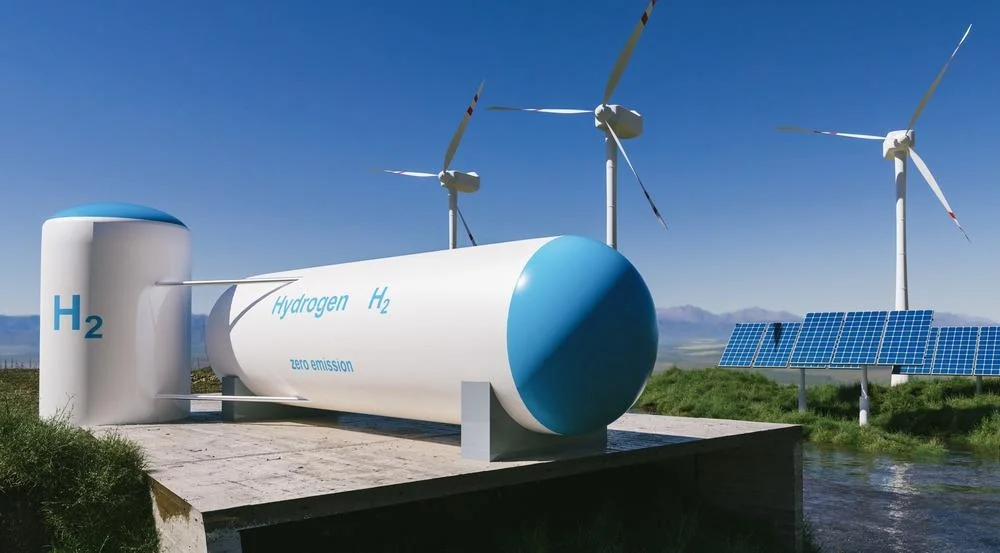On Thursday, French green hydrogen developer Lhyfe unveiled plans for a 800-MW electrolysis venture In Lubmin in the German coastal state of Mecklenburg-Vorpommern. On top of the 70 MW project in Sarre, this 800 MW project will be the biggest plants ever built in the region.
The project is going to be strategically located near the future German hydrogen backbone, with a projected production capacity of 330 tonnes of green hydrogen per day, commencing in 2029.
Lhyfe highlighted that it has developed over 3.8 GW of electrolysis projects over the past two years, representing over 37% of its portfolio and this current one is located near the future hydrogen transport infrastructure in Europe. This follows the German government’s announcement of a plan to develop a core hydrogen network across the country.
Part of Lhyfe’s backbone development strategy is that this plant will feed into the German core hydrogen pipeline network. The project will have access to offshore wind generation as it is going to be set up at a decommissioned nuclear power plant. This will be supported by electricity from a 50-hertz transformer station in Lubmin
Also read: Lhyfe to construct 15-MW green hydrogen plant in Spain
In an effort to support both the company’s backbone and Germany’s green hydrogen development strategy, the Lubmin plant will utilize more green hydrogen as a means of reducing reliance on imported fossil fuels. This was confirmed by the government’s recent announcement to invest an estimated €20 billion. This investment will assist in the establishment of a 9700-kilometer pipeline network to transport hydrogen within Germany and its neighbours.
Alongside its bulk and onsite strategy, Lhyfe’s backbone strategy consists of positioning some of its green hydrogen production units at locations specifically chosen for their proximity to the future European hydrogen backbone, thus enabling it to serve a wide portion of its customers, delivered through these infrastructures once deployed.
The project is now pending financial investment decisions, construction permits and operating authorization from the relevant stakeholders.

